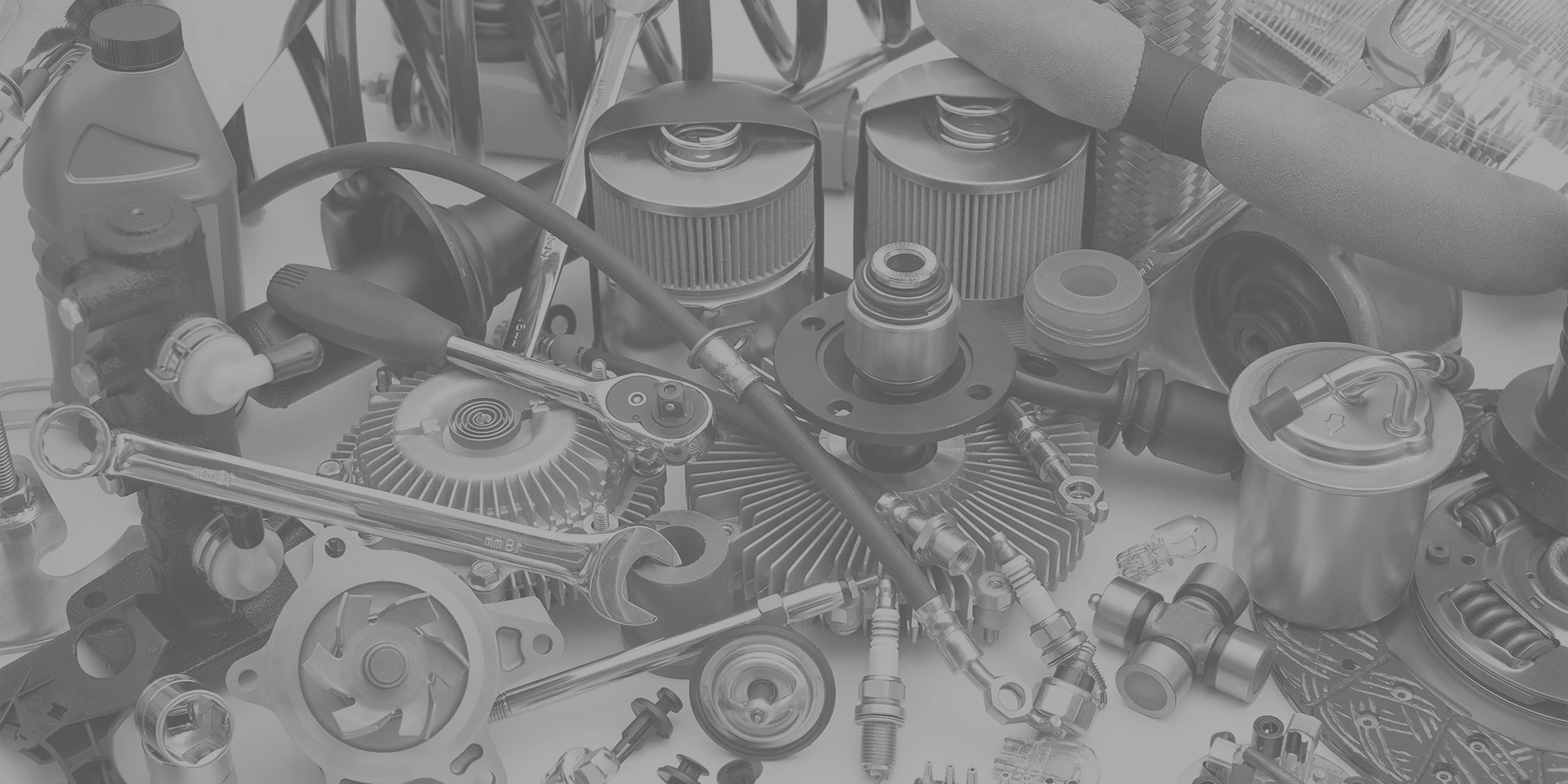Budget-friendly Aftermarket Parts for Specific Vehicle Models

Let’s be honest. Owning a car is a joy—until something breaks. That trip to the dealership for a simple part can feel like a punch to the gut. The price tag on that “genuine” or OEM (Original Equipment Manufacturer) component is often… well, let’s just say it’s ambitious.
But here’s the secret the dealerships don’t shout about: the aftermarket world is your best friend. It’s a vast, bustling marketplace filled with high-quality, budget-friendly alternatives. You just need to know where to look and, more importantly, which parts are a safe bet for your specific ride.
Why Go Aftermarket? It’s Not Just About Price
Sure, saving money is the main event. You can often find parts for 30% to 60% less than their OEM counterparts. But the benefits run deeper. Aftermarket companies frequently improve upon the original design. They fix known flaws, use more durable materials, or simply offer more variety—like performance air filters or stylish LED lighting upgrades you can’t get from the factory.
Think of it like this: the OEM part is the official, licensed recipe. The aftermarket part is a chef’s creative—and sometimes superior—interpretation of that recipe.
Smart Shopping: The Golden Rules for Budget Parts
Before we dive into specific models, you need a game plan. Not all aftermarket parts are created equal. A no-name brake rotor for ten bucks might be a bargain, but it’s a bargain you don’t want.
1. Know What You Can (and Can’t) Cheap Out On
This is the cardinal rule. Some parts are perfect for budget hunting. Others? Don’t even think about it.
- Go for it: Air filters, cabin air filters, wiper blades, spark plugs (from reputable brands), brake pads (mid-tier), suspension components like control arms for non-performance cars, and simple sensors.
- Be cautious: Cheap brake rotors, no-name batteries, and critical engine components like timing belts. Your safety and your engine’s health are not a place to cut the biggest corner.
2. Brand Reputation is Everything
A little research goes a long way. Brands like Bosch, Denso, ACDelco, Moog, and Beck/Arnley have built their reputations on reliability. They are the trusted chefs in our analogy. Look for them.
3. The Power of the Part Number
Your best tool is the OEM part number itself. Pop the hood, find the number on the old part, and plug it into a site like RockAuto or even Amazon. This cross-referencing magic will instantly show you all the compatible, budget-friendly alternatives.
Model-Specific Bargain Hunts
Alright, let’s get to the good stuff. Some cars are just legends in the aftermarket world, with parts availability that’s frankly incredible. Here’s a breakdown of a few common ones and where to find the deals.
The Honda Civic (8th & 9th Gen, 2006-2015)
The Civic is the king of affordability for a reason. It’s everywhere, and so are its parts. The aftermarket support is massive.
| Part Type | Budget-Friendly Brand Picks | Why It’s a Good Bet |
| Ignition Coils | Standard Motor Products, Denso | These are often just as reliable as OEM but at half the cost. A common failure point, so savings add up. |
| Control Arms | Moog, Mevotech | The bushings wear out. Aftermarket arms are a complete, bolt-on solution that’s far cheaper than pressing in new OEM bushings. |
| Headlights | TYC, Depo | Sun-faded headlights? A whole new aftermarket assembly is often cheaper than just the OEM lens and looks brand new. |
The Ford F-150 (12th Gen, 2009-2014)
America’s best-selling truck means a parts bonanza. For these workhorses, focus on wear-and-tear items.
- Spark Plugs & Coils: The 5.4L Triton engine is notorious for spark plug issues. Motorcraft (the Ford OEM brand) is actually reasonably priced, but brands like Denso offer excellent alternatives for the coils. Don’t skimp on the plug quality here, though.
- Sway Bar Links & Ball Joints: These take a beating. Moog problem-solving greasable components are a fantastic upgrade over OEM and very budget-friendly. Honestly, they might even last longer.
- Oxygen Sensors: NTK (owned by NGK) is the go-to. They’re often the original supplier to Ford anyway, so you’re getting an OEM-level part without the Ford logo and price tag.
The Toyota Camry (XV40, 2007-2011)
The poster child for reliability still needs maintenance. The good news? Keeping it reliable doesn’t have to cost a fortune.
For the Camry, stick with the masters of Japanese parts. Denso for oxygen sensors, spark plugs, and fuel injectors is a no-brainer—they’re a primary Toyota supplier. Aisin, another Toyota supplier, makes fantastic water pumps and timing components that are identical to the ones the dealer sells. You’re just paying less for the same quality.
The Hidden Gem: RockAuto and Salvage Yards
Okay, a quick detour to your new favorite website: RockAuto. It’s not pretty, but it’s a treasure trove. It lists every possible brand for your car, from the ultra-budget to the premium, with clear pictures and shockingly low prices. The shipping can add up, so try to consolidate orders.
And for certain parts? Don’t forget your local pick-and-pull salvage yard. For interior trim pieces, door handles, wheels, and even some electronics, a junkyard is unbeatable. It’s the ultimate in budget-friendly and eco-conscious repair. You’d be amazed what you can find.
A Final Thought: The Real Cost of “Cheap”
Chasing the lowest price is a thrill. We get it. But the real budget-friendly strategy isn’t about finding the absolute cheapest part; it’s about finding the best value. It’s that sweet spot where price, brand reputation, and proven reliability intersect.
A fifty-dollar part that fails in a year is more expensive than a hundred-dollar part that lasts for a decade. Investing in trusted aftermarket brands doesn’t just save you money at the checkout. It saves you from the headache, the wasted time, and the safety risk of doing the job all over again next year. Now that’s a smart upgrade.








